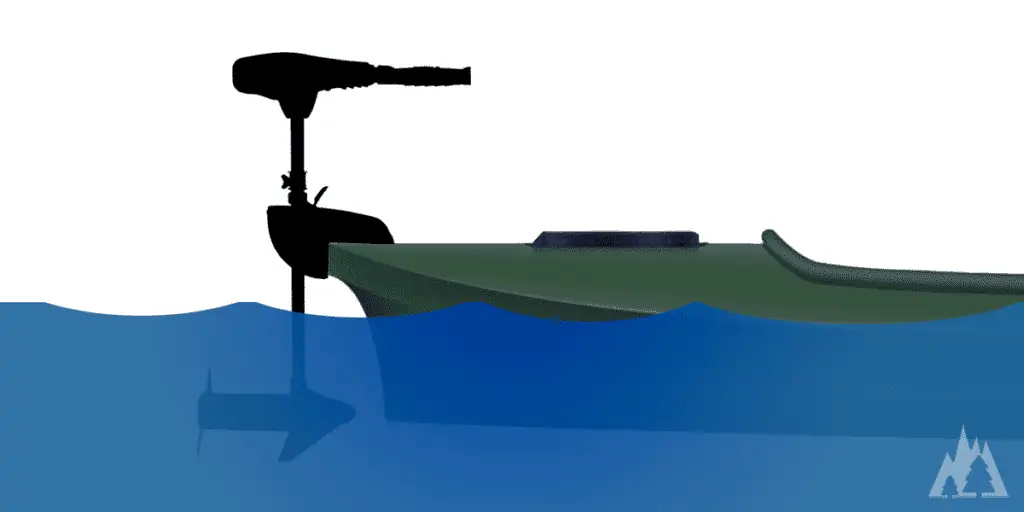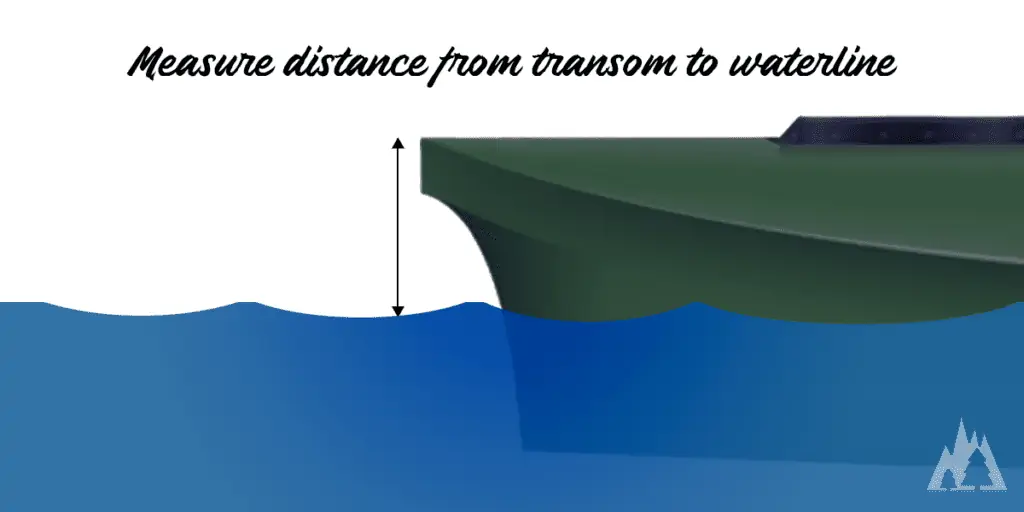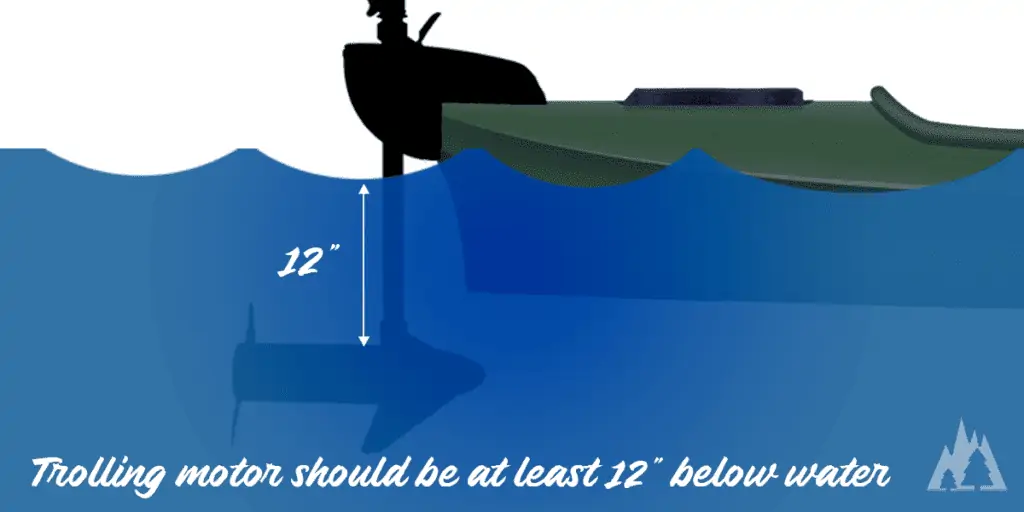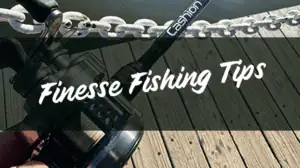How Short Does Trolling Motor Shaft Have To Be On Kayak?
If you’re fishing on a kayak, getting to your destination by paddle sucks. It’s exhausting and not the most relaxing way to enjoy the ride.
Some people enjoy it.
But if you are fishing from a kayak, it’s not the most efficient use of your time.
The better option is to mount a trolling motor to help:
- Get to your prime fishing spots faster
- Spend more time fishing
- Save your energy for the long day ahead of you
But you’ll need to make sure you find a trolling motor:
- With a correct trolling motor shaft length for your kayak
- A shaft that is also long enough for the proper motor head distance below the water
- Deep enough where the propellers don’t hit your kayak
This guide will help you figure out the correct shaft length for kayaks.
Let’s begin

The Correct Shaft Length For A Kayak Trolling Motor
Trolling motors for kayaks are designed with a shorter shaft length compared to ones you would mount on a bass boat because kayaks sit closer to the water.
A kayak’s optimal trolling motor shaft length will range from 24″ to 36″.
The difference between those ranges varies on a few factors:
- The maximum weight that is loaded
- The distance between the transom to the waterline
The first is the weight of your kayak when it’s fully loaded. This includes you, your fishing gear, any extra gear you bring along, and the weight of the trolling motor itself.
You’ll also want to factor in the distance from the transom to the waterline. The further this distance is, the longer your trolling motor shaft will need to be.
What Is A Transom For Electric or Gas Trolling Motor?
A transom mount allows you to secure trolling motors onto your kayak.
It’s the flat surface area on the back end of your kayak and where the trolling motor is attached.
There are two types of kayak transoms: Standard and High. Your kayak will come with one of these styles from the manufacturer, and you’ll need to purchase a trolling motor that corresponds with it.
If your kayak has a standard transom, you’ll want to stay within the 24″ to 36″ range for shaft length. You can go slightly longer for those with a high transom, between 30″ to 42″.
The extra length is necessary to ensure the trolling motor’s propellers are submerged deep in the water. Your kayak won’t have proper thrust and steering if they’re not. It can also lead to the propellers hitting the bottom of your kayak and wearing down over time.
Measurements You Need To Get The Correct Motor Shaft Length – How Short Does It Need To Be?

You’ll need to have your kayak in the water to measure the distance from the transom to the waterline properly.
- 0 to 10″ – The recommended motor shaft length is 30″
- 10-15″ – The recommended motor shaft length is 36″
- 16-20″ – The recommended motor shaft length is 42″
How Deep Should The Head Of Trolling Motors Be Under Water?

The trolling motor head should be submerged at least 12″ underwater for proper performance. This will help prevent cavitation and also give you the most thrust.
Ideal Motor Thrust For Kayak Fishing
The amount of thrust you need from your trolling motor will also play a factor in determining the correct trolling motor shaft length for your kayak.
The rule is that you’ll want about 2 lbs of thrust for every 100 lbs of fully loaded weight on your kayak.
If your kayak weighs 200 lbs when fully loaded, you’ll want a trolling motor that provides at least 4 lbs of thrust.
Most kayak trolling motors will fall in the 40 to 80 lbs of thrust range.
Types Of Trolling Motors You Can Mount
Not all trolling motors are created equal, and there are several different types that you can mount on your kayak.
The two most common types are:
Transom Mount Trolling Motors
These are the most popular type of trolling motors for kayaks. They’re easy to install and usually the most affordable option.
Bow Mount Trolling Motors
These are designed so that they can be mounted on the bow of your kayak. They provide more control and maneuverability but can be more expensive.
Motorized Kayak Laws
Most states will require you to register your motorized kayak at the DMV. However, checking your state’s regulations before heading out on the water is important.
There may also be specific laws and regulations regarding trolling motors on kayaks, so you must check with your local authorities before heading out.
Safety First
When you’re out on the water, please follow the safety rules and regulations to help keep everyone safe.
- Wear a life jacket (PFD) at all times
- Don’t overload your kayak
- Be aware of your surroundings
- Check the weather conditions before heading out
- Follow the rules and regulations set by your state or local authorities
- And always use common sense
Final Thoughts
Trolling motors are a great way to add another level of fishing to your kayak fishing experience.
Knowing the different shaft lengths for kayaks and the amount of thrust needed to have a safe and successful day on the water is important.
Be aware of the local laws and regulations before hitting the water, and always use common sense when out on the kayak.
Following these tips will surely have a great time out on the water.






